4 Reason To Eat Seasonally + What’s in Season: Spring!

Why Should I Eat With The Seasons? From growing up and going to school in New England t moving to the Pacific Northwest – I’ve always experienced and loved the changing of seasons. Knowing that in a few months, there will be a new season, new foods to enjoy, and activities to do brings me a […]
Why Should I Eat With The Seasons? From growing up and going to school in New England t moving to the Pacific Northwest – I’ve always experienced and loved the changing of seasons. Knowing that in a few months, there will be a new season, new foods to enjoy, and activities to do brings me a […]
Why should I eat with the seasons?
From growing up and going to school in New England to moving to the Pacific Northwest – I’ve always experienced and loved the changing of seasons. Knowing that in a few months, there will be a new season, new foods to enjoy, and activities to do gives us something to anticipate and look forward to. It’s also nature’s way of reminding us to shift our daily habits like what we eat or how we exercise.
As we go from season to season, we crave different types of foods. In the winter we want comforting, stick-to-your-bones meals like heavier soups, stews, and carbohydrate-heavy meals. It’s our body’s natural response to cold so we can stay warm and better generate heat. When the warm weather comes and we need fewer calories to stay warm, we crave more raw veggies and lighter meals that help cool us down.
I always try to make the Cooking Club menus go along with the changing of seasons. This means using seasonal vegetables and adjusting the types of meals with the changing weather.
With all that being said, not every part of the country or world has abundant seasonal, local vegetables available. And not every meal you eat has to be seasonal. At the end of the day, just focusing on eating more vegetables in general is most important.
So, I’ll still be enjoying my avocado toasts and roasted sweet potatoes all year round and that’s just fine. It’s just nice to know what is in season so we can incorporate those foods more into our meals.
Now let’s get into a few other reasons to eat seasonally…
Better flavor and nutrition
When you incorporate more seasonal foods into your meals, it means the vegetables you are eating are going to be more nutrient-dense and taste better. When a vegetable is harvested at its peak ripeness and doesn’t have to travel very far (grown and sold locally), that vegetable will retain a higher amount of nutrients, which also means it will taste so much better.
“Spinach, for example, has been found to lose 47 percent of its folate content after eight days of storage, and 80 percent of its vitamin C content after just three days”. This is one of the reasons I opt for frozen spinach instead of fresh.
A fresh summer tomato tastes infinitely sweeter and juicier and contains way more vitamin C compared to the tomatoes you find in the fall or winter. Carrots are another great example – the flavor from a carrot bought from a local farmer tastes so much sweeter and is much higher in beta carotene than a grocery store carrot.
Promotes better health and well-being
Eating with the seasons also helps our bodies naturally transition from season to season, feel more aligned with nature, and keeps our immune systems strong. This is a major principle of Chinese medicine, which encourages us to live in harmony with the environment around us. We’re all affected by changes in environment and temperature, and our bodies adjust physiologically to these changes. By eating with the seasons, we are eating in harmony with our surroundings and with our bodies.
Saves you money
It’s also generally more affordable to eat seasonally. Out-of-season produce comes from further away, making it usually more expensive. That’s why berries and summer fruits tend to cost a lot more in the winter months. So eat seasonally and save your wallets!
Better for the environment
Lastly, eating what’s in season is a lot better for the environment. The fuel that it takes for trucks and airplanes to transport produce from around the world and country to your grocery store leaves a very large carbon footprint.
Today, it’s super easy to transport foods from one place to another. That’s what lets us eat things like berries in the winter and avocados all year round. If you try to buy more seasonal foods that were likely grown nearby, you’ll be both supporting your local economy and reducing your carbon footprint.
The transition from winter to spring
We’re in the exciting transition from colder dreary weather to warmer, brighter days (hallelujah!). We’ve been eating lots of starchy root veggies, heavy soups, and stews for what feels like an eternity!
When March hits, I’m all usually pretty over winter, but it’s definitely not quite Spring weather until April. During that awkward phase, I still want to eat cozy things like soups and warm bowls, but lighten and brighten them up a bit by adding lots of fresh ingredients like citrus, herbs, and raw crunchy spring veg.
Once April hits, it actually feels like Spring! Flowers are blooming, birds are chirping, the days are longer and brighter, and the warm weather feels like it’s here to stay. For me, it really feels like spring when I start seeing rhubarb and little tiny strawberries pop up at the farmer’s markets.
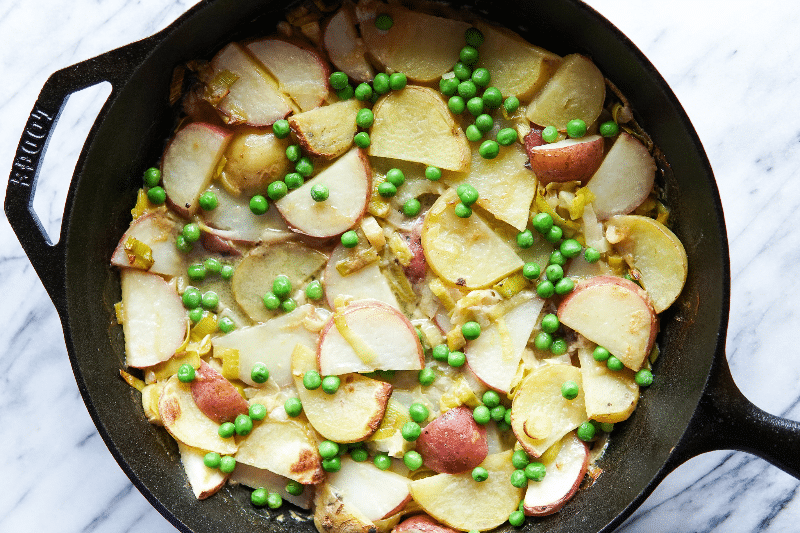
What’s in season during spring
(mid-March to mid-June, click here for a more comprehensive list!)
Now, we all live in different parts of the country and world, so what’s in season can vary state by state or by country. It also varies a lot depending on which month of spring we’re in.
Below is a list of what I think of as the most common and popular spring produce items in most areas that experience the four seasons.
| Leafy greens (swiss chard, spinach) Spicy greens (mustard greens, arugula) Peas Carrots Radishes Beets Cabbage Spring onions | Herbs (parsley, scallions, chives, dill) Fennel Potatoes Leeks Artichokes Mushrooms Asparagus Broccoli Rhubarb Strawberries |
My goal with this post was to encourage you to incorporate more seasonal produce into your meals. If you’re cooking along with the Cooking Club, you’ll be doing just that. Happy Spring!!
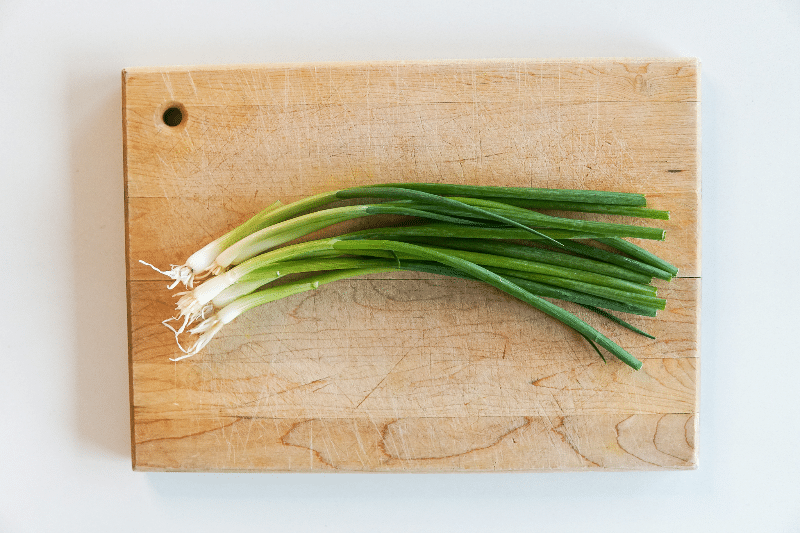
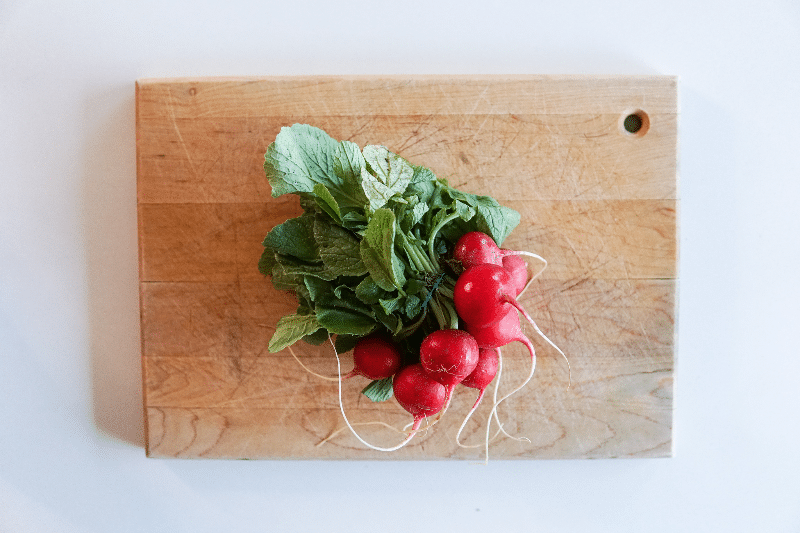
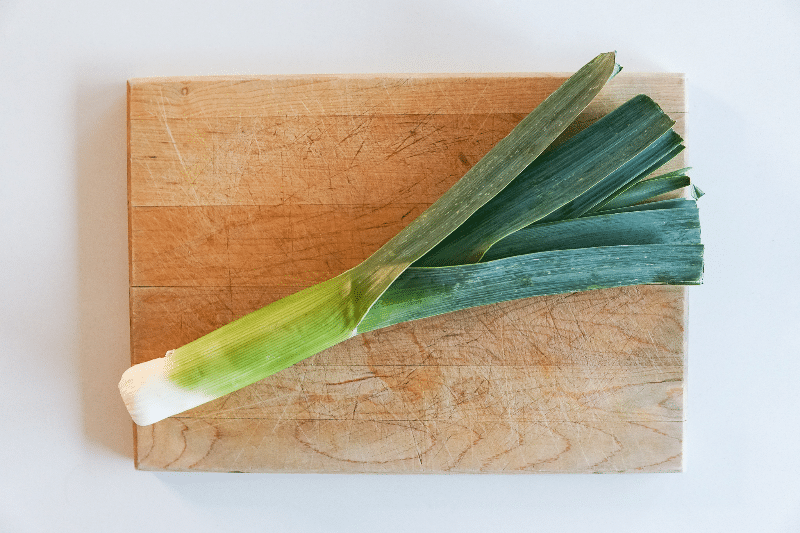
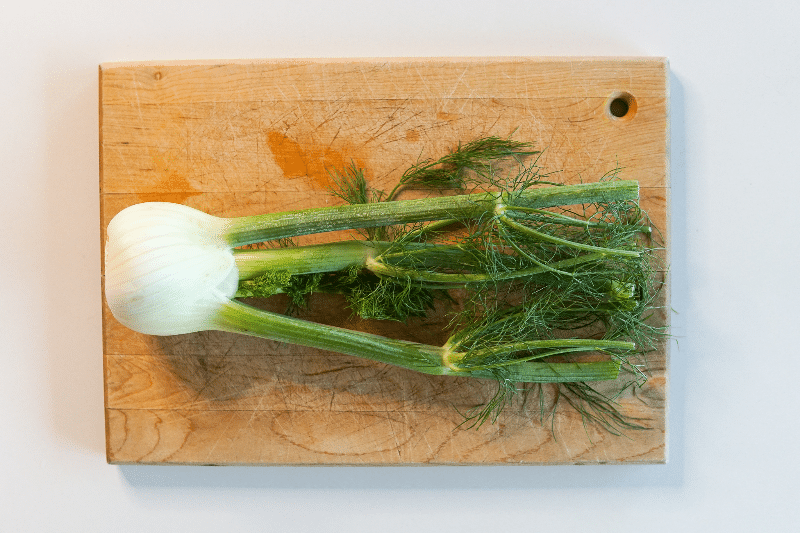


leave your comments!